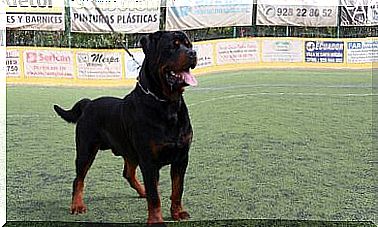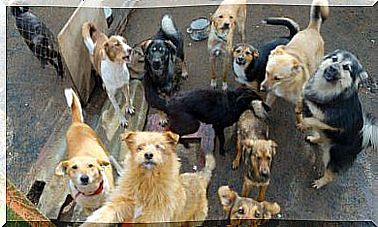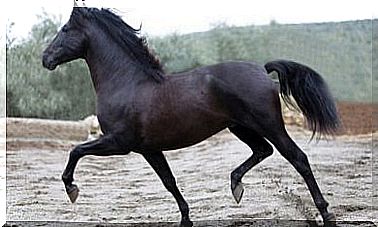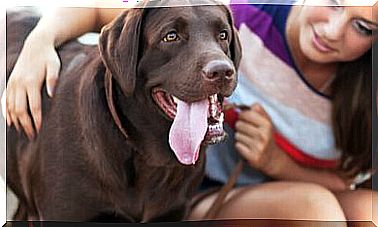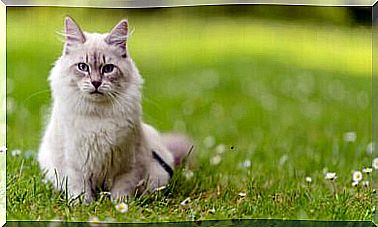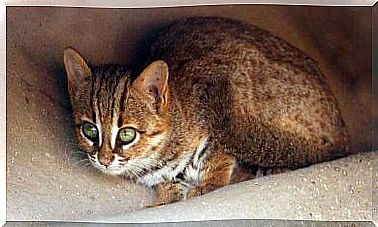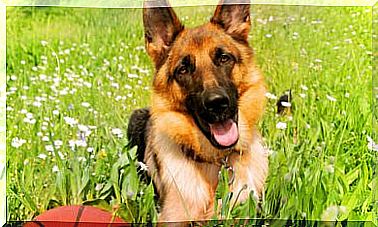Substrate Types For Rodent Cages
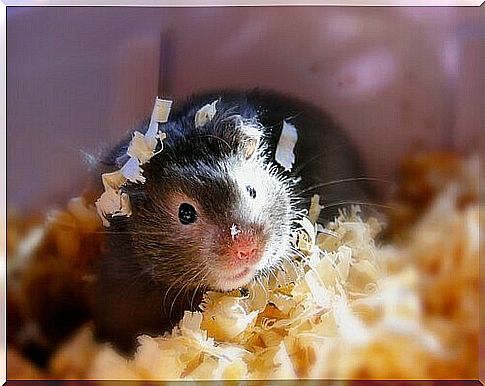
House-dwelling domestic rodents spend most of their time inside a cage with a substrate. Even if, at times, they are left free to run around in a room, in this small space they eat, reproduce, grow and fulfill their needs. So let’s see what are the different types of substrate for rodent cages.
Set up a cage for rodents
Guinea pigs, rabbits, hamsters and even gerbils are animals that do not require a lot of time or care, but must have a cage specially prepared for them. In addition to bowls and drinking fountains, they need a small house or sheltered sleeping space, as well as toys, a bed or substrate at the bottom.
You can train your pet to do his business in a litter box, but as he spends all day in a cage, this is usually not necessary. Therefore, it is very important to know how to choose and use a type of substrate suitable for the needs of your animal.
However, not all of them are equally effective at keeping odors at bay or absorbing liquids. Nor are they always safe for the animal’s health. Therefore, you need to know what the different substrates are for rodent cages and choose the one that best suits your pet.
The importance of hygiene
As we said, spending the whole day in a cage, rodents carry out their needs in every corner of this small space, without too many worries. For this it is right to thoroughly clean the cage and change the substrate, with a certain frequency.
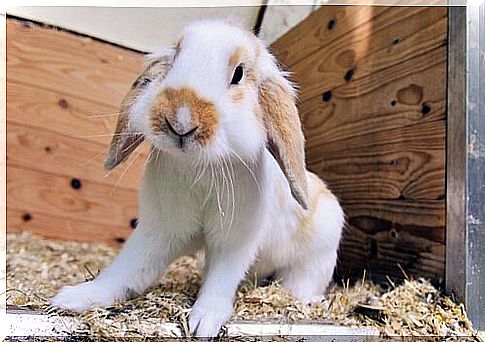
Hygiene is very important for your pet’s health and also for the health of the whole family. Using a good substrate is not enough: you will have to remove it and add it again. It is good practice to use a scoop to remove the most evident remains of dirt from the bottom every day.
A dirty cage will release unpleasant odors and can become the hotbed of infections for the proliferation of bacteria, fungi and microorganisms. Additionally, an excessively wet bottom can create ulcers on the hamster’s legs or even attract flies and other insects. Be careful to eliminate even food in poor condition and rotting that could poison the tenants of the cage.
Sawdust
Sawdust is one of the best known and most practical substrates for rodent cages. It is a cheap and easy to find base. It doesn’t weigh too much and you can easily find it in any store, without wasting too much time looking for it.

However, sawdust has one problem that many pet owners don’t think about: where it comes from. If you want to use sawdust in the cage, make sure it is suitable for rodents. Any recycled sawdust could be made from chemically treated wood or contain a lot of dust and therefore be harmful to the health of the pet.
Pressed pellets
The pellets have become fashionable for some years: weigh little and easily absorb liquids, are convenient to use, mitigate the smell and many come only from recycled material.
There are many types of pellets : pressed paper, straw, wood and even processed from the remains of cereal shells. Some brands sell them flavored, although your rodent may not like this particular fragrance. Therefore, try to avoid pellets with added perfumes.
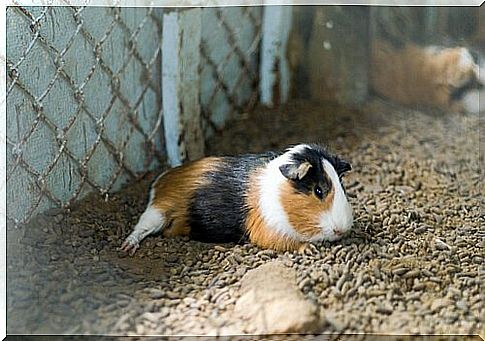
The pellets are an excellent choice among the substrates for the cages of rodents. There is a lot of variety on the market in terms of brands, sizes, weight and origin. Because they are specially created to function as a hygienic base, they are usually safe for rodent health. Before buying a bag of this product, however, first make sure that it is compatible with your pet.
Fabric substrate
In hot countries or during the warmer seasons, rodents drink more and, therefore, the substrate of the cage will be perpetually moist. In short, you will have to deal with very strong smells and a much more frequent replacement of pellets or sawdust. A good idea may be to temporarily change the classic base with a fabric substrate. The advantages are different:
- It can be machine washed at high temperatures very often, even every day.
- They have well-finished edges, with no threads that rodents can swallow by mistake.
- It absorbs the humidity generated by the pet well and avoids puddles.
- You can add several layers of fabric to make the cage more comfortable.
Substrate for rodent cages to avoid
Special sawdust, pellets or even fabrics. As you have seen, it is not complicated to set up a good, safe and suitable substrate for your pet rodent. But be warned, there are some alternatives that you should definitely avoid. One of these is cat litter sand. Be careful: it should never be used with rodents and is only for domestic cats.

Cats use the litter box a few times a day – they don’t live on top of it. Sand includes a large amount of dust which can pose a serious risk to your hamster, rabbit, gerbil or guinea pig.
Newspaper sheets should also be avoided. They are absorbent and inexpensive, but the ink they are printed with could be toxic to your pet if they decide to gnaw on it. Newspapers can be placed at the base of a cage, but only if they are well covered with another type of substrate that the animal will never be able to reach.
There are many options available for keeping a domestic rodent cage clean. Hygiene is necessary for a good coexistence and for the health of these small and delicate living beings. Choose carefully and carefully the substrate that best suits your pet. Its life and well-being depend on a healthy and safe habitat .
